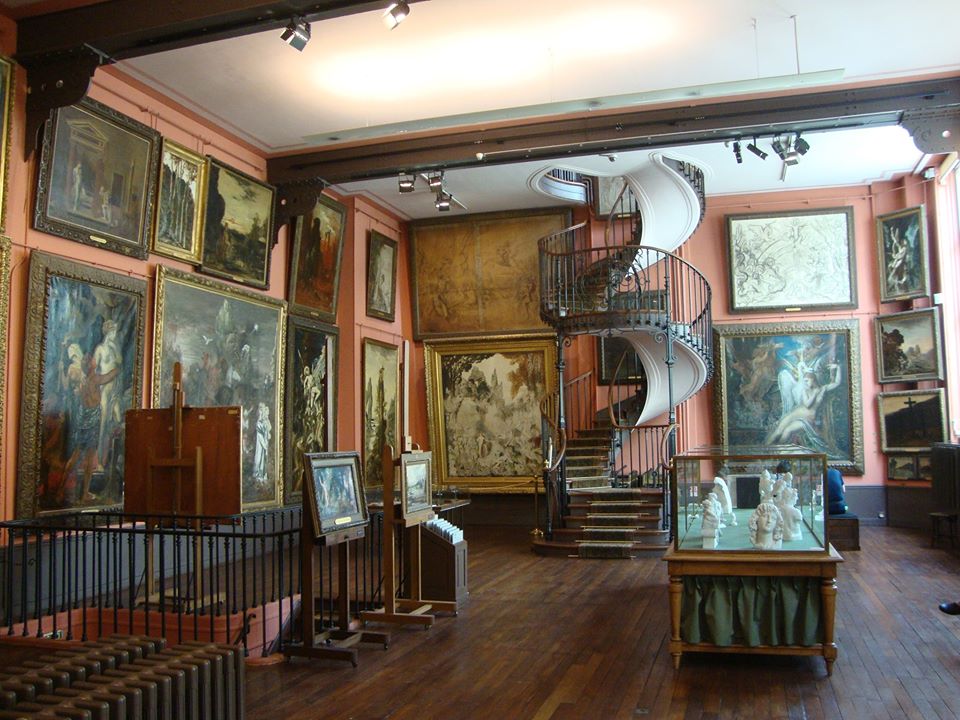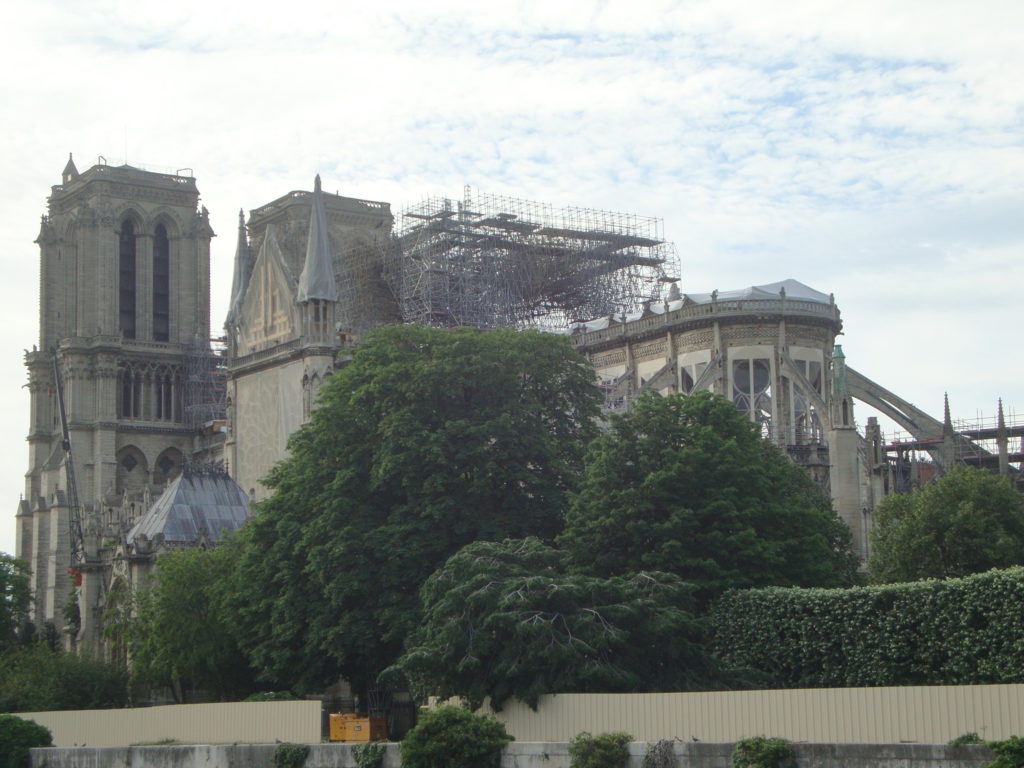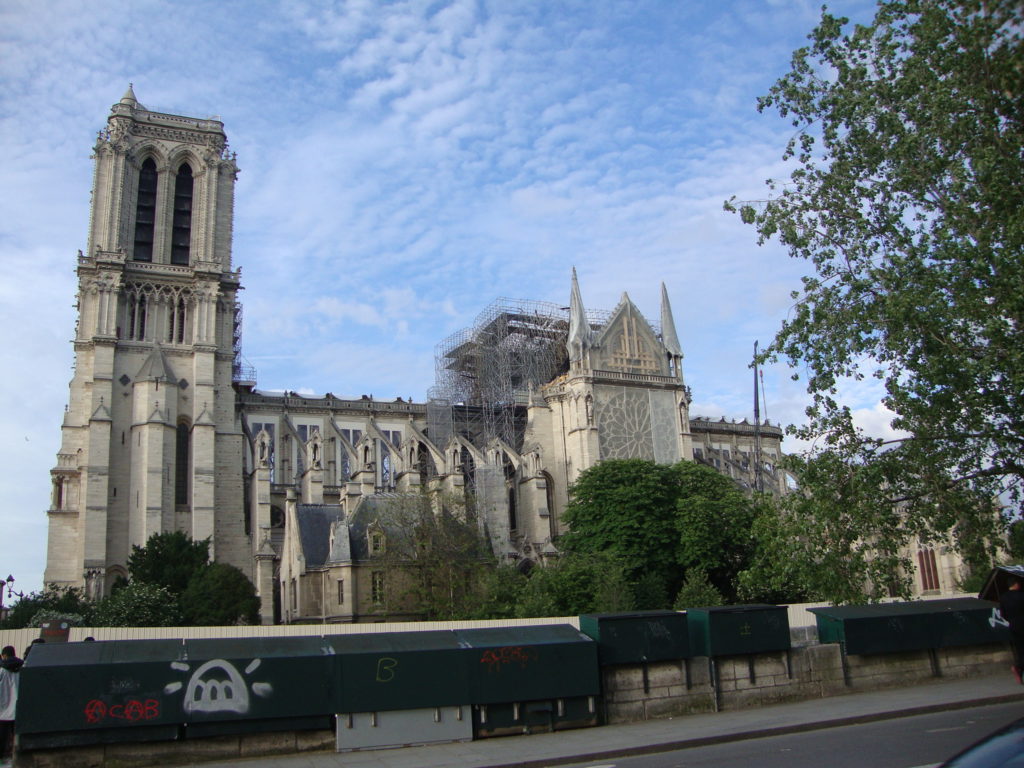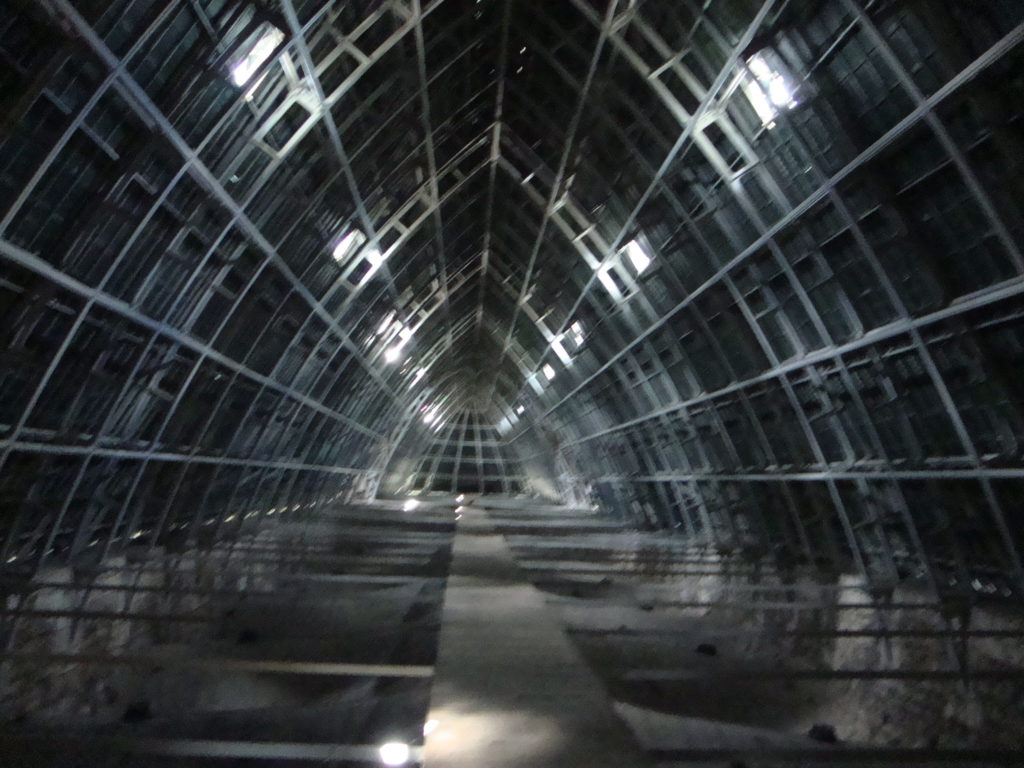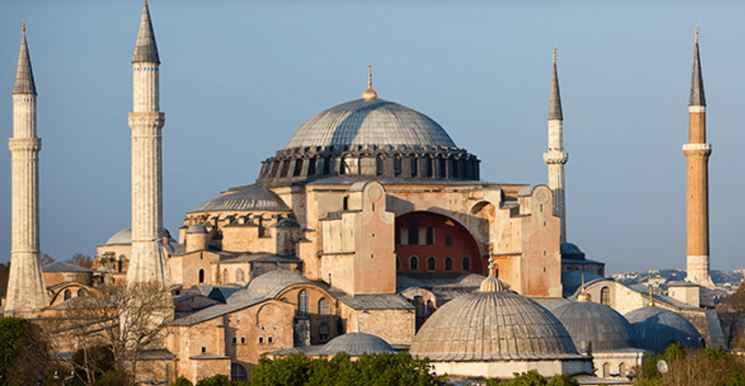I am not exactly sure when to celebrate our first anniversary…but I actually published our first post on March 20, 2020, so I am going to use today as our official birthday.
For those of you who have visited here before and read our Welcome to An Intuitive Perspective page know that I am a fan, student, and practitioner of the arts and culture. I have a BFA in art education and at one time or another produced prints, photos, watercolors, and oil paintings. And there was a bit of time in high school and college when I played in a number of rock, blues, and proto-punk bands. I showed work in the art rental and sales gallery of the Art Institute of Chicago, was represented by a north loop gallery in Chicago, and had art in a number of regional shows. But all of those were so last century so to speak. And of course I have attended a gazillion openings and plays and concerts over the years. Great times!
But as often happens in life, I got sidetracked or interrupted. And for nine years I had been scratching another itch…writing…and writing for a political blog…and publishing it for four years. And I started to burn out and knew that I wanted to move on with my writing in retirement after the 2020 elections…so started the groundwork for An Intuitive Perspective!
So on March 20, 2020, I published a half dozen pieces, all reprints of my responses to plays presented by the Milwaukee Repertory Theater…pieces that I had written on Facebook as part of my involvement with the Rep’s Social Media Club. And then I was determined to build from there with all of my future visits to galleries, museums, theaters, dance companies, etc…and just as I was hitting the publish buttons over and over, the live arts and culture scene came to a grinding halt because of the coronavirus pandemic.
But I found some silver linings in the daily hovering gray clouds. I attended art history courses at the University of Wisconsin-Milwaukee virtually. I found any number of new theater groups who were doing virtual readings or presentations. There is a lot of very exciting stuff out there. And I wrote about many of them as my energy and emotions would allow during a very troubling year. I hope you go back and look at a few of them.
And as a hold over from my political blog where we featured music one day a week, just for a break from the seriousness of the site, I brought that feature here as Monday Music. And I started out with some pop songs that I find spiritually magic and then others that I enjoy a great deal. And in 2021, I have mixed in some more serious music…much of it from smaller groups that are new to me or are playing modern composers who are new to me. If you have had a chance to listen to them, I hope you have been entertained.
This anniversary note will be my 117th article on An Intuitive Perspective…granted about 50 of them are Monday Music entries and the first two handfuls, reprints from other sources…but an accomplishment given the state of the arts over the past year and the effects on my spirit.
And for 2021? Well more of the same…sort of. Plus a few original posts that are slowly percolating in the back of my mind…and fingers crossed…many many new responses to live in person arts experiences!!!!
And as always, if you want to reach out to us, leave a comment after a post that has drawn your interest…or if about just something whatever, reach out to: contactaip@anintuitiveperspective.com
Thank you for visiting and I look forward to hearing from you!
Ed Heinzelman
